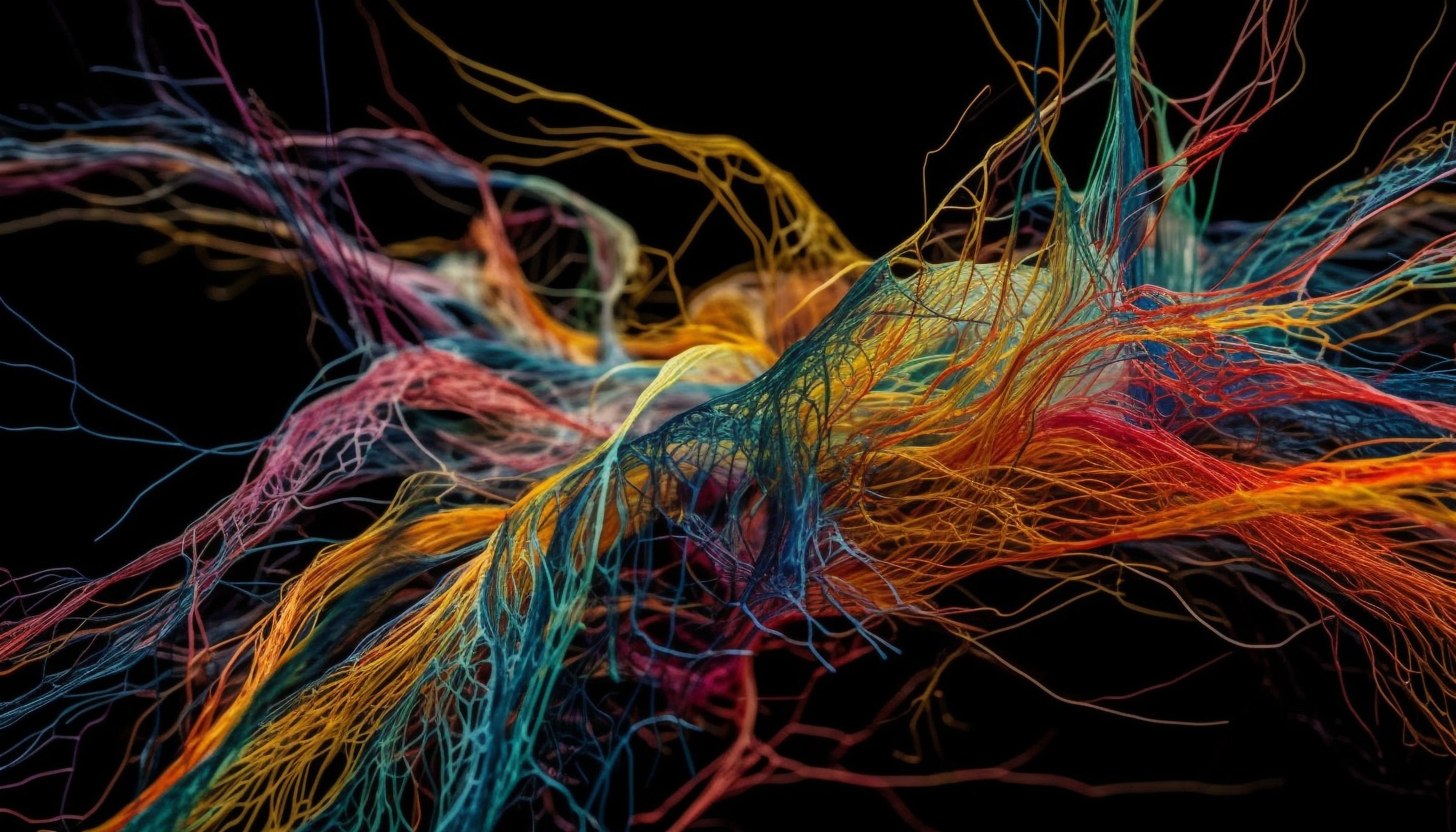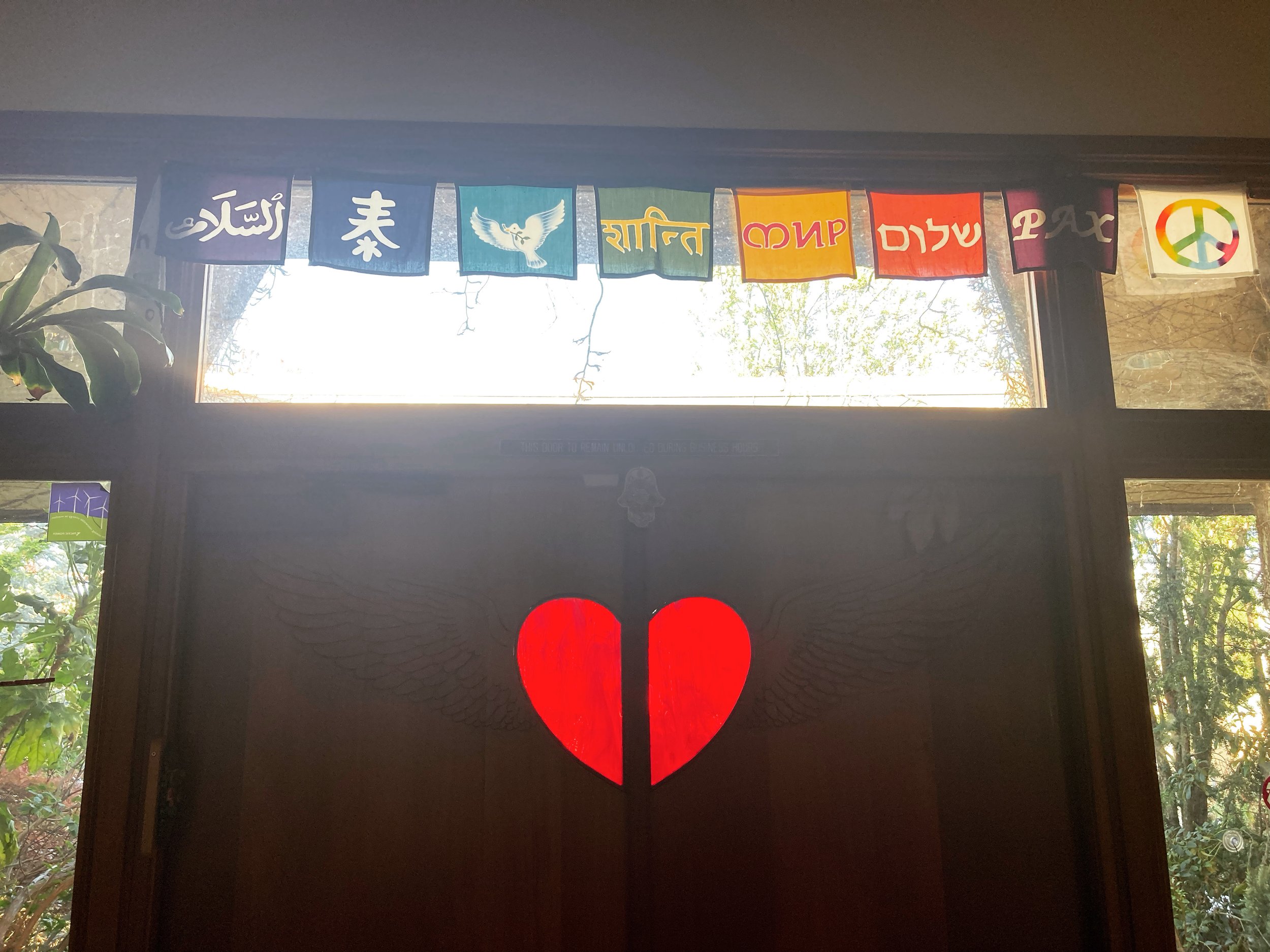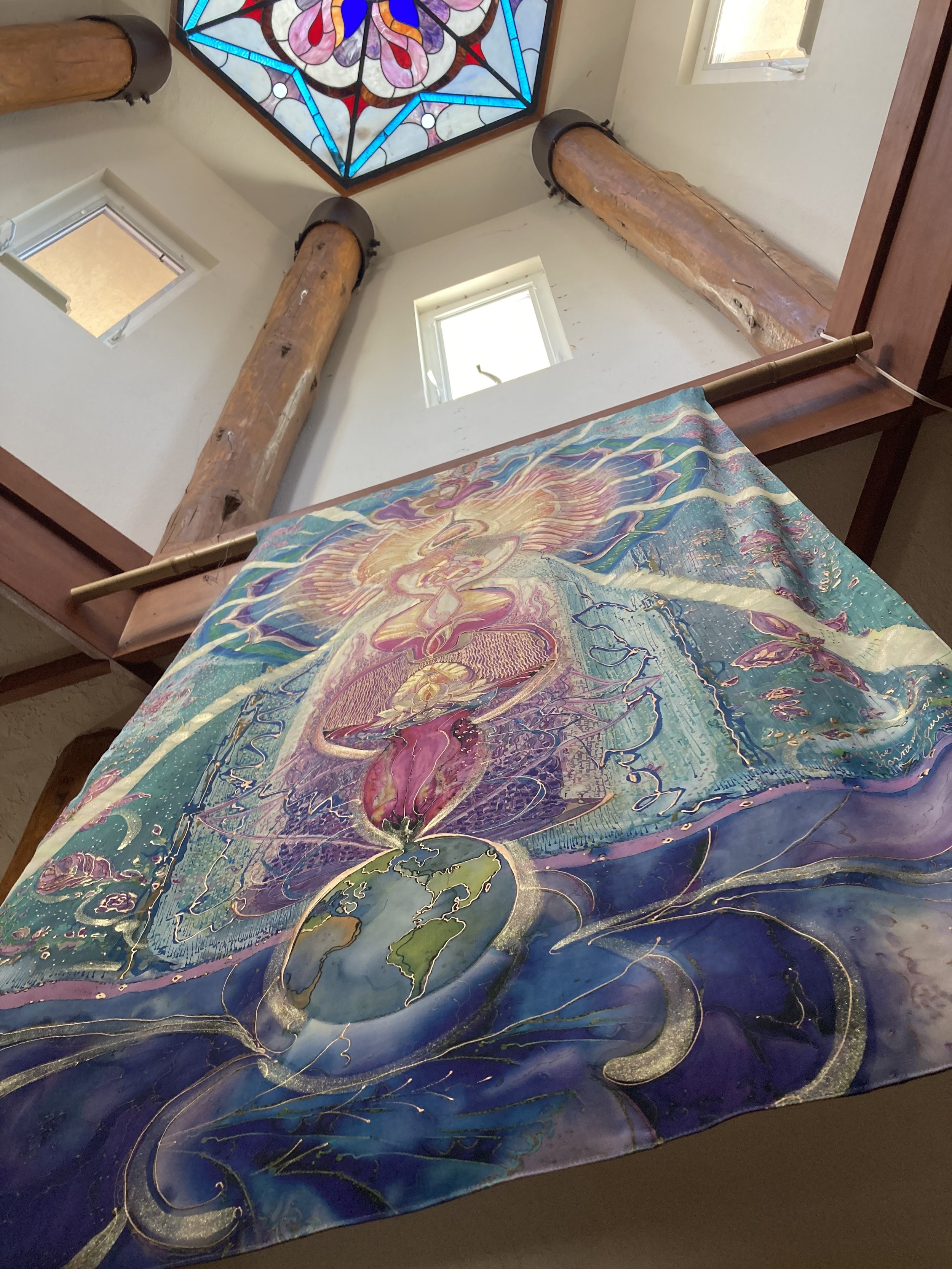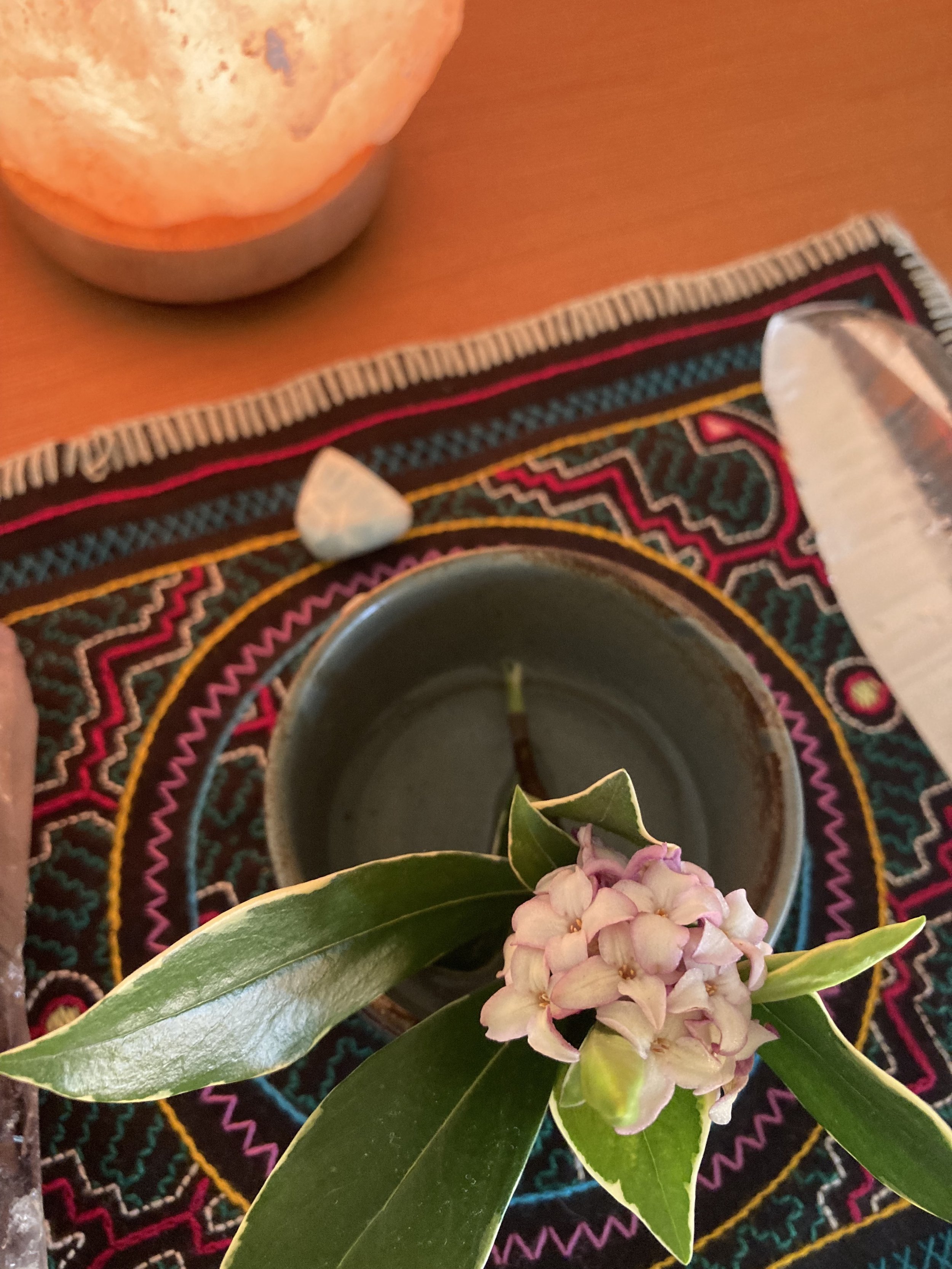This is the first post of potentially many where I will share what I am learning as I continue my studies to be the best bodyworker I can be. Alison has been encouraging me to write and engage more with our Heart Waters community, and this is the first enactment in that effort. Thank you for being a part of this connected whole and for following your curiosity to these words.
Recently, I had the fortune to join a visiting Anatomist who is on a country-wide tour sharing his remarkable findings of a recent project. Gil Hedley, PhD., while on his his “Nerve Tour”, quite literally delved into the nervous systems of a few specially chosen individuals. The project took him 18 months to piece apart the flesh and viscera of these once-living humans, eventually rendering them down to some of the most intricately preserved nervous systems any person has ever seen.
What was even more amazing and touching than the work itself, was the story behind the project and the individuals who left their bodies to further Gil’s lifelong work. They were friends of his: two acquaintances who were aware of his passions, and wanting their life and passing to offer more to those that remained on Earth. One was one of his closest friends, whose untimely death was somberly accepted as an unfolding of a world we may never fully understand. Despite our best efforts to peel back things back, layer by layer, seeking out how each piece fits into a greater whole, unexpected turns will always be taken. What brought tears to my eyes, was to learn that this friend, “Captain”, had more than a just direct relationship to Gil. One of Gil’s primary lab assistants is Captain’s son, who took a lead on the project to dissect his father’s body as a sort of beautifully intimate and touching way to say goodbye to the man that helped give him life.
In the talk that spanned five hours, Gil shared pictures and videos of just how different an actual body can be from what we are taught in anatomy books. Captain’s body mostly resembled what I remember from my textbooks from massage school, but the variations were plentiful. The bigger picture portrayed by Gil’s discoveries was profound. Humans are innately unique in their individual anatomical development, hinting towards answering some of the many questions as to why some people suffer physical and mental ailments that others may have never even conceived of.
Within the first few frames of the presentation I saw photos of a brain being splayed apart into its many layers of dura. I began to notice the uniqueness of the photographs being shown and how they differ from the illustrations of what I “knew”. Gil’s commentary and sometimes comical prompting certainly supported my journey into understanding his overarching message. Bodies are unique, but not entirely, and usually in different ways depending on who you are looking at. Each body has an ultimately individual way of winding its way from two cells into too-many-to-count.
The first person’s brain on display had cranial nerves that extended out from the inner brain in a way that was unusual compared to most, taking a slightly different pathway to reach his ear’s apparatuses. His ventricles were slightly smaller than what could be considered normal. His pineal gland was calcified, a term I had previously believed to be some kind of joke I’d hear at music festivals, rather than an actual ailment some people faced. Gil suspected that his penchant for booze and cigarettes may have been a contributing factor to the calcium buildup in the very center of his brain.
The primary focus of the presentation was on Captain and Gil’s adventure in opening up his lifeless body to unveil some of the secrets of life in a human body. What was undeniably apparent for anyone who has even an interest in what lies beneath our skin, the photos and videos of an actual nervous system vary greatly from any given artist’s depiction of human anatomy. Nerves are much less “straight” than in a diagram. The nervous system follows the circulatory system in a winding and binding manner, where individual nerves jump from different attachment points and intertwine into various other nerve bundles that travel in similar directions. I saw vagus nerve (Cranial Nerve 10) bundles intertwined with accessory nerve (Cranial Nerve 11) bundles. Without an electron microscope, its impossible to tell whether or not these nerves remain distinct as they come together into fused bundles. Gil shared that it may be a more likely story that the individuated cranial nerves are much more intertwined and interdependent than the existing explanations of nerve function provide.
As a practicing bodyworker, knowing that the nervous system may be more intertwined than I was taught is an almost silly and obvious notion. Too many times have I worked on a body and received feedback that pressing in a particular place was creating sensation in some supposedly unrelated area. Referred pain and sensations are one thing, but pressing on someones forearm extensors causing a reflex twitch in the calf’s gastrocnemius is just a weird thing that I have gotten used to. I have kept my anatomy training in mind as I work, but also accept the oddities when they arise.
After Gil’s lecture, I found myself in a deeper layer of understanding interconnectedness in the body. It’s not necessarily a weird thing, nor is it due to some vague phenomena of energy or psychology. The body is connected in unexpected ways; nerve pathways are intertwined in sometimes inconsistent ways; and the direct account of a person’s embodied experience supports my understanding of what it is possible in a human body, and by extension, what it is to be alive.
In a more direct and practical manner, I also learned how variations in different people’s nervous systems can affect my bodywork practice. In some rare individuals, nerves can move directly through the abdominus rectus or the pectorus minor. In these people, cramped abs or an overstretched shoulder can directly constrict primary nerves. Constricting a nerve obviously causes pain, but can also lead to several other sometimes serious issues. Migraines, blood pressure regulation issues, numbness, and chronic illnesses can all develop from compressed nerves in various parts of the body. In some individuals, a chronic illness could develop due to a nerve compressed in a muscle where it “shouldn’t” be. Knowing a few of the possible variations in humans, and even better, knowing that variations are possible, allows me to better find how and where I can help. In cases where something unusual is presented, I feel better equipped to trace nerves as they might actually be winding through a body, and not believing my training and the anatomy textbooks to be perfect. I have only begun to put these new insights into practice, but I look forward to seeing where they can lead me to help my clients.
Reflecting on the work of Gil Hedley and his somanaut team in Colorado Springs and across the world, I feel a renewed sense of gratitude that there are professionals out there following their passions and sharing their findings. Gil spoke to this in his final statements in the presentation, saying that the highest honor he can receive as an anatomist is when a practitioner reaches out to him with a report of success in their own practice. A direct account of something one person found in one other person led to another living person living well. It is a direct testament to the profound honor it is to have people entrust their bodies to Gil in death, and the profound and precious impact trust can have.
Thanks Gil, thanks Captain, and thanks to everyone involved in the many myriad steps from the “beginning” to now. I simply love being a part of what is happening, being a part of the process of it all unfolding as it is. Especially, thank you for reading my words. I hope you are well, and if you aren’t please reach out if I can help in any way.
-Michael Murphy LMT
References:
Gil Hedley: https://www.gilhedley.com/
Nerve Image Art: https://www.vecteezy.com/photo/25049226-abstract-colorful-fractal-design-depicts-flowing-nerve-cell-synapse-communication







